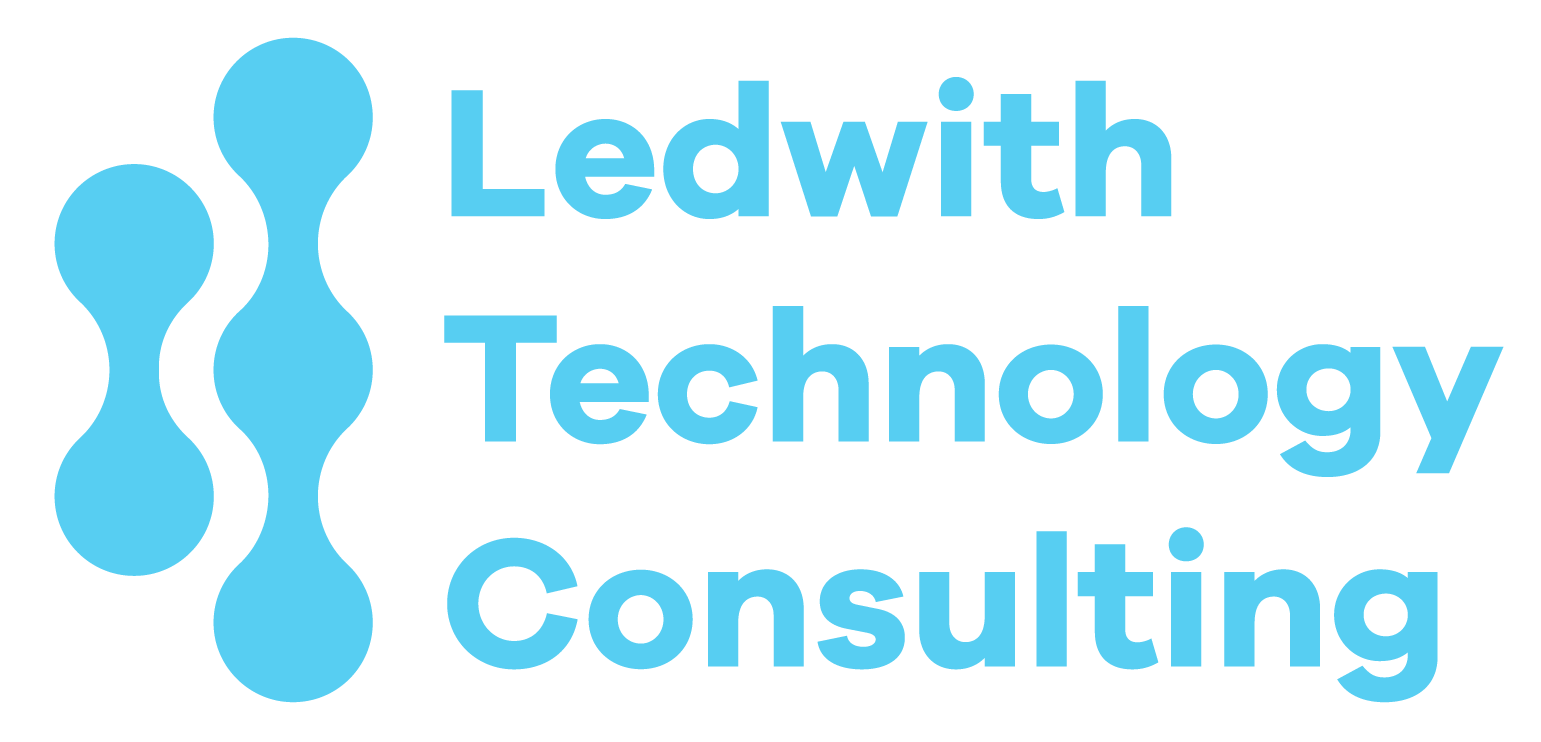By Stephen Ledwith April 22, 2025
Composable Architecture: Orchestrating the Modern Tech Stack
The rise of cloud-native services and open APIs has completely changed how we build software. Where we once debated whether to build or buy, the modern answer is neither:
We orchestrate.
Composable architecture isn’t just a buzzword. It’s a shift in how we architect, scale, and evolve our systems. It means we no longer think in terms of monoliths vs. microservices or full-stack platforms vs. point solutions. We think in terms of building blocks—small, best-of-breed services that work together.
Why This Matters
In a composable world, teams can:
- Plug in best-in-class tools for auth, payments, messaging, and AI without starting from scratch.
- Swap out components with minimal disruption.
- Scale individual services based on business needs, not technical constraints.
This enables speed, flexibility, and focused innovation—without the cost of reinventing the wheel every time.
Examples of Composable Thinking
- Auth0 for authentication
- Stripe for payments
- OpenAI or Anthropic APIs for embedded intelligence
- Twilio for communication
- Mendix or Retool for low-code extensions
You don’t need to build everything. You just need to orchestrate the right mix.
Leadership Insight
Composable architecture gives product and engineering leaders something they’ve always wanted:
- Faster delivery without technical compromise
- Agility to pivot or extend the stack as markets shift
- Resilience through decoupled services
But it also introduces new challenges:
- Vendor lock-in and reliability risks
- API governance and versioning complexity
- A need for strong internal platform foundations
If you’re leading in 2025, your job isn’t to decide between build or buy. It’s to design the system that connects them.
Final Thought
Composable is not the future.
It’s the now.
The faster you shift your mindset from “ownership” to “orchestration,” the faster your teams will move.
Because in a composable world, speed is no longer just about writing code.
It’s about knowing where not to.




